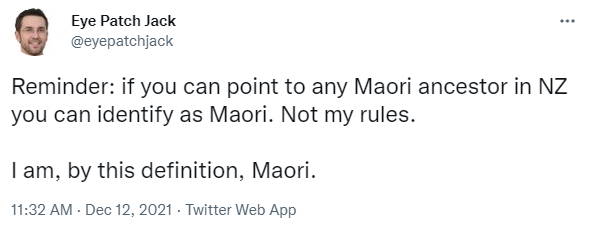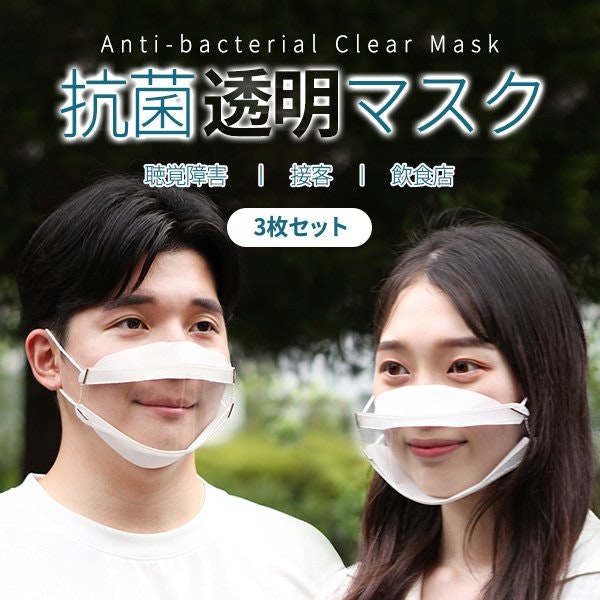Eye Patch Jack
pacificnarrations.substack.com
Tena koutou, tena koutou, tena koutou katoa. Yes, how do you like this? This is my new Maori greeting that perhaps I shall use more, as I have recently found out that I am, by the New Zealand government’s definition, a member of New Zealand’s indigenous* (as in they arrived before whitey) race.

Welcome to all new subscribers and thanks to frend eugyppius for his recent shout out, I must now diversify my writings beyond making fun of the stupid corrupt New Zealand media establishment to appeal to a broader audience… by making fun of stupid corrupt people everywhere. Today I write about my resident Japan: the situation and why I think it has avoided becoming completely batshit crazy.

Since I last wrote about Japan in October, things have only calmed down more. Pretty much all restrictions on eating establishments were lifted on the 25th of October. New cases in Tokyo are regularly being reported in the single digits. Many vaccination sites have closed. Boosters for adults and vaccines for kids are being offered but not pushed aggressively. The government has recognized heart disease as a side effect of the vaxxes. A few businesses offer some insignificant discounts to the vaccinated. There are murmurs of vaxports which may yet be introduced, but the rumoured restrictions sound pretty pathetic: no groups of unvaxxed bigger than 4 at restaurants for example, which in practice will just mean the restaurant will separate the two tables you were always going to use anyway and call it a day.

The acrylic panels and plastic sheets are still there in places, though the panels are often shifted out of the way by customers when they are an annoyance and I’ve witnessed staff help with this. Mask wearing is still at 95%+, many double layered, and signs to wear masks are still all over the place. They are still mostly ignorable. A lot of wind has gone from their sails.
A friend of mine recently made a visit to a big aquarium here in Tokyo. Big, indoor facilities where many people gather are notorious sticklers for mask-wearing and one of the few places where you were likely to be approached by staff and refused entry if you didn’t comply. My friend reported though that except for one staff member near the ticket gate who asked them to wear one (and was easily fobbed off), they weren’t approached again and made it through the whole thing mask-less. The fish were very impressed.

No widespread villainization of the unvaxxed or the unmasked. Very little Karen-ism. No creepy prime ministers grinning as they brag about creating a two-tiered society. Why though? A story comes to mind. One day in my previous life as an English teacher at a public school, I found out there is such a thing here as “moral education” classes. Expecting to see some lame PC crap or ultra nationalistic propaganda I asked to see the lesson plan of the day. It revolved around reading a short story and discussing it as a class. The story was about the priority seats that exist on public transport for the disabled, the elderly and pregnant women. The main character encounters a young, healthy-looking person sitting in the priority seats and refusing to get up for an elderly man in front of them. They feel anger at the entitlement and laziness of this young rebel: how dare they selfishly take the priority seat from a nice old man? That’s what the priority seats are for! Follow the rules! Read the signs!

The protagonist’s seething is cut short when the train stops and the young person gets up and… uses their white cane to carefully guide themselves off. The seemingly healthy young person was blind after all. The main character feels shame at their previous assumptions. The moral is clear: do not assume bad things about other people and in general mind your own business. Yes, it was an anti-Karen story.
This story is taught to children all over the country by the government and bound to their identity as Japanese people. They probably wouldn’t remember it if you asked them but I would say it is at very least a reflection of a very healthy culture of assuming the best about people when they act in a way you don’t expect. I also humbly learned a lesson: not everything they teach in schools here is pure propaganda.

This certainly isn’t the whole story but I’ve no doubt that the culture here went a long way to mitigating the hysteria. Things may yet get bad again, maybe even worse than before. There are no guarantees. But for now though, the trends and outlook are good. I think of the hysteria like the disease itself. Places like Germany seem to have whatever killed Steve Jobs but Japan’s healthy culture has helped it avoid the worst symptoms, leaving it with just a mild headache and intermittent coughing. Here’s hoping it makes a full recovery.

Please feel free to like, comment and subscribe if you enjoyed this post.
Please share this article so that others can discover The BFD.









